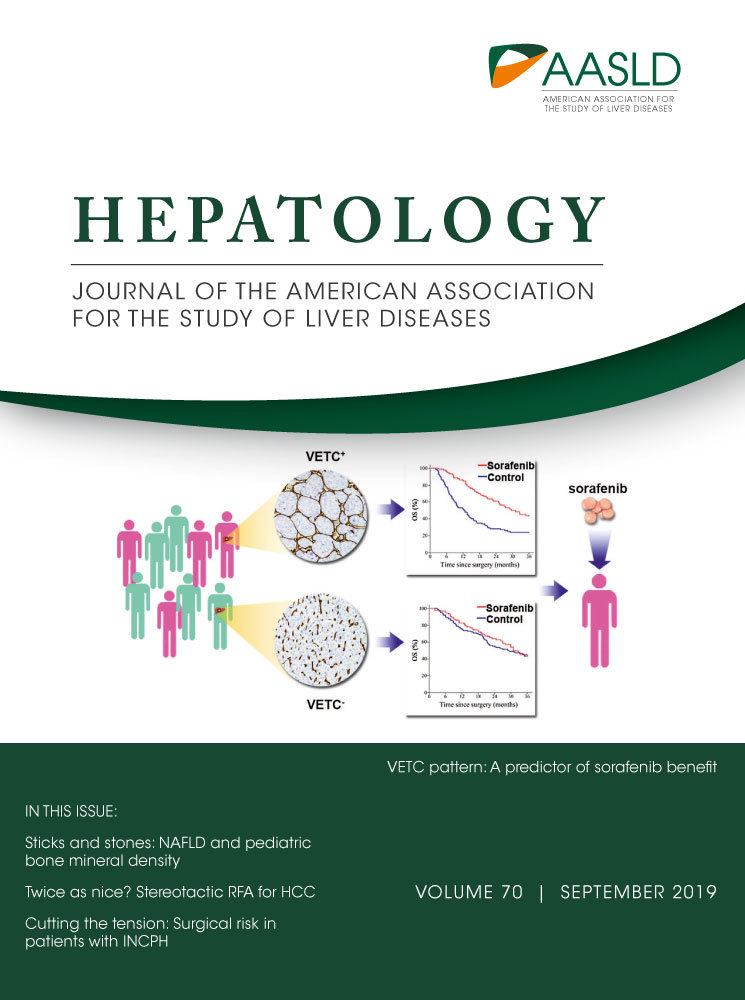 “Hepatic cardiomyopathy, a special type of heart failure develops in up to 50% of patients with cirrhosis and is a major determinant of survival. However, there is no reliable model of hepatic cardiomyopathy in mice. Herein we aimed to characterize the detailed hemodynamics of mice with bile-duct ligation (BDL)-induced liver fibrosis, by monitoring echocardiography and intracardiac pressure-volume (PV) relationships and myocardial structural alterations. Treatment of mice with a selective cannabinoid-2 receptor (CB2 -R) agonist, known to attenuate inflammation and fibrosis, was used to explore the impact of liver inflammation, fibrosis on cardiac function.
“Hepatic cardiomyopathy, a special type of heart failure develops in up to 50% of patients with cirrhosis and is a major determinant of survival. However, there is no reliable model of hepatic cardiomyopathy in mice. Herein we aimed to characterize the detailed hemodynamics of mice with bile-duct ligation (BDL)-induced liver fibrosis, by monitoring echocardiography and intracardiac pressure-volume (PV) relationships and myocardial structural alterations. Treatment of mice with a selective cannabinoid-2 receptor (CB2 -R) agonist, known to attenuate inflammation and fibrosis, was used to explore the impact of liver inflammation, fibrosis on cardiac function.
MAIN RESULTS:
BDL induced massive inflammation (increased leukocyte infiltration, inflammatory cytokines and chemokines), oxidative stress, microvascular dysfunction, and fibrosis in the liver. These pathological changes were accompanied by impaired diastolic, systolic and macrovascular functions, cardiac inflammation (increased MIP1, interleukin-1, P-selectin, CD45+ cells) and oxidative stress (increased malondialdehyde, 3-nitrotyrosine and NADPH-oxidases). CB2 -R up-regulation was observed both in livers and hearts of mice exposed to BDL. CB2 -R activation markedly improved hepatic inflammation, impaired microcirculation, fibrosis. CB2 -R activation also decreased serum TNF-alpha levels, and improved cardiac dysfunction, myocardial inflammation and oxidative stress underlining the importance of inflammatory mediators in the pathology of hepatic cardiomyopathy.
CONCLUSION:
We propose BDL-induced cardiomyopathy in mice as a model for hepatic/cirrhotic cardiomyopathy. This cardiomyopathy, similarly to cirrhotic cardiomyopathy in humans, is characterized by systemic hypotension, impaired macro- and microvascular function accompanied by both systolic and diastolic dysfunction. Our results indicate that the liver-heart inflammatory axis has a pivotal pathophysiological role in the development of hepatic cardiomyopathy. Thus, controlling liver and/or myocardial inflammation (e.g. with selective CB2-R agonists) may delay/prevent the development of cardiomyopathy in severe liver disease. ”
https://www.ncbi.nlm.nih.gov/pubmed/31469200
https://aasldpubs.onlinelibrary.wiley.com/doi/abs/10.1002/hep.30916
 “Bone cancer pain (BCP) is a severe complication of advanced bone cancer.
“Bone cancer pain (BCP) is a severe complication of advanced bone cancer.
 “Although a lot of information can be found on the specific dual role of the endocannabinoid system in the emotional-related responses, little is known whether stimulation or inhibition of the CB receptors may affect the activity of the frequently prescribed antidepressant drugs.
“Although a lot of information can be found on the specific dual role of the endocannabinoid system in the emotional-related responses, little is known whether stimulation or inhibition of the CB receptors may affect the activity of the frequently prescribed antidepressant drugs. “The endocannabinoid system (ECS) consists particularly of
“The endocannabinoid system (ECS) consists particularly of  “Microglia are the resident, innate immune cells of the central nervous system (CNS) and are critical in managing CNS injuries and infections. Microglia also maintain CNS homeostasis by influencing neuronal development, viability, and function. However, aberrant microglial activity and phenotypes are associated with CNS pathology, including autism spectrum disorder (ASD). Thus, improving our knowledge of microglial regulation could provide insights into the maintenance of CNS homeostasis as well as the prevention and treatment of ASD.
“Microglia are the resident, innate immune cells of the central nervous system (CNS) and are critical in managing CNS injuries and infections. Microglia also maintain CNS homeostasis by influencing neuronal development, viability, and function. However, aberrant microglial activity and phenotypes are associated with CNS pathology, including autism spectrum disorder (ASD). Thus, improving our knowledge of microglial regulation could provide insights into the maintenance of CNS homeostasis as well as the prevention and treatment of ASD. “The endogenous lipid metabolism network is associated with the occurrence and progression of malignancies.
“The endogenous lipid metabolism network is associated with the occurrence and progression of malignancies. “Cannabinoid receptors have been detected in human gliomas and cannabinoids have been proposed as novel drug candidates in the treatment of brain tumors.
“Cannabinoid receptors have been detected in human gliomas and cannabinoids have been proposed as novel drug candidates in the treatment of brain tumors. “Substance use disorder (SUD) is a major public health crisis worldwide, and effective treatment options are limited.
“Substance use disorder (SUD) is a major public health crisis worldwide, and effective treatment options are limited. “The
“The  “Neutrophil trafficking into damaged or infected tissues is essential for the initiation of inflammation, clearance of pathogens and damaged cells, and ultimately tissue repair. Neutrophil recruitment is highly dependent on the stepwise induction of adhesion molecules and promigratory chemokines and cytokines.
“Neutrophil trafficking into damaged or infected tissues is essential for the initiation of inflammation, clearance of pathogens and damaged cells, and ultimately tissue repair. Neutrophil recruitment is highly dependent on the stepwise induction of adhesion molecules and promigratory chemokines and cytokines. “Hepatic cardiomyopathy, a special type of heart failure develops in up to 50% of patients with cirrhosis and is a major determinant of survival. However, there is no reliable model of hepatic cardiomyopathy in mice. Herein we aimed to characterize the detailed hemodynamics of mice with bile-duct ligation (BDL)-induced liver fibrosis, by monitoring echocardiography and intracardiac pressure-volume (PV) relationships and myocardial structural alterations. Treatment of mice with a selective
“Hepatic cardiomyopathy, a special type of heart failure develops in up to 50% of patients with cirrhosis and is a major determinant of survival. However, there is no reliable model of hepatic cardiomyopathy in mice. Herein we aimed to characterize the detailed hemodynamics of mice with bile-duct ligation (BDL)-induced liver fibrosis, by monitoring echocardiography and intracardiac pressure-volume (PV) relationships and myocardial structural alterations. Treatment of mice with a selective